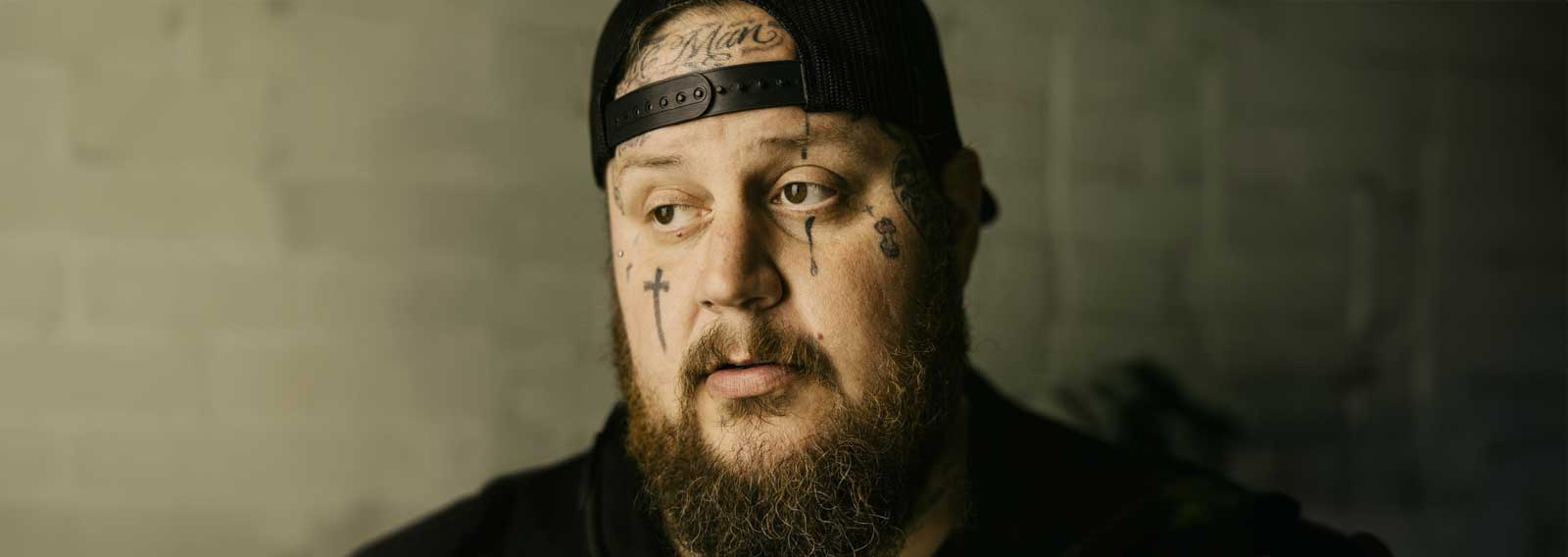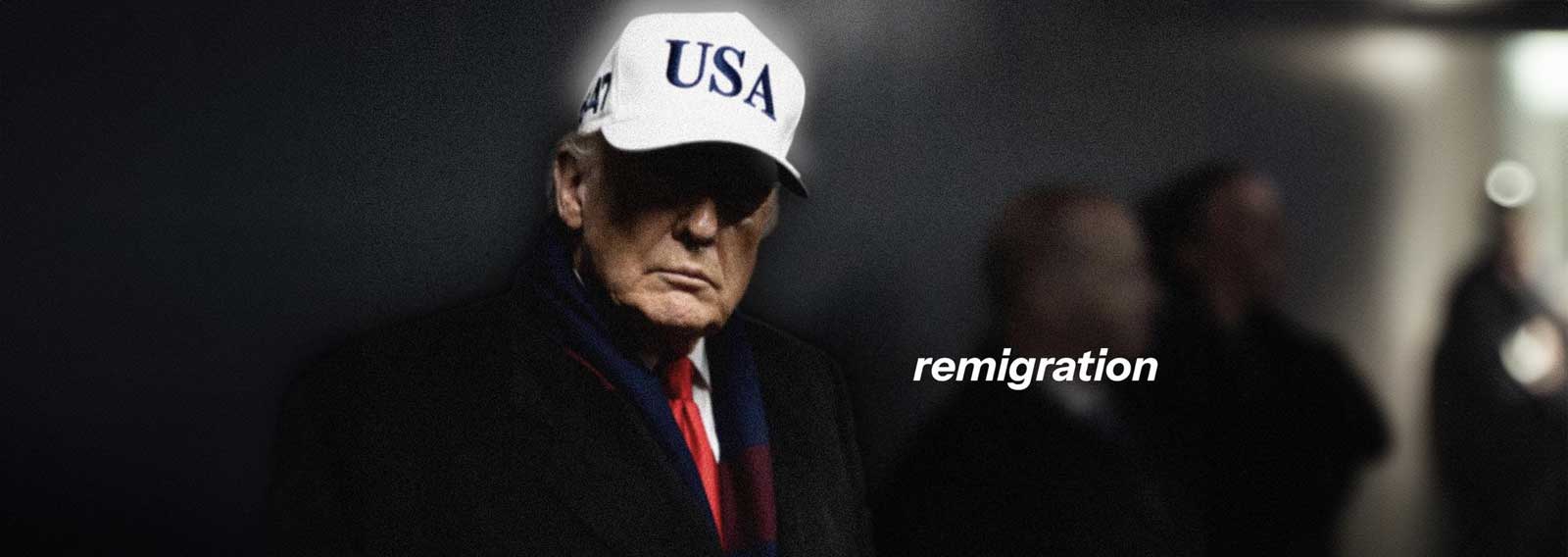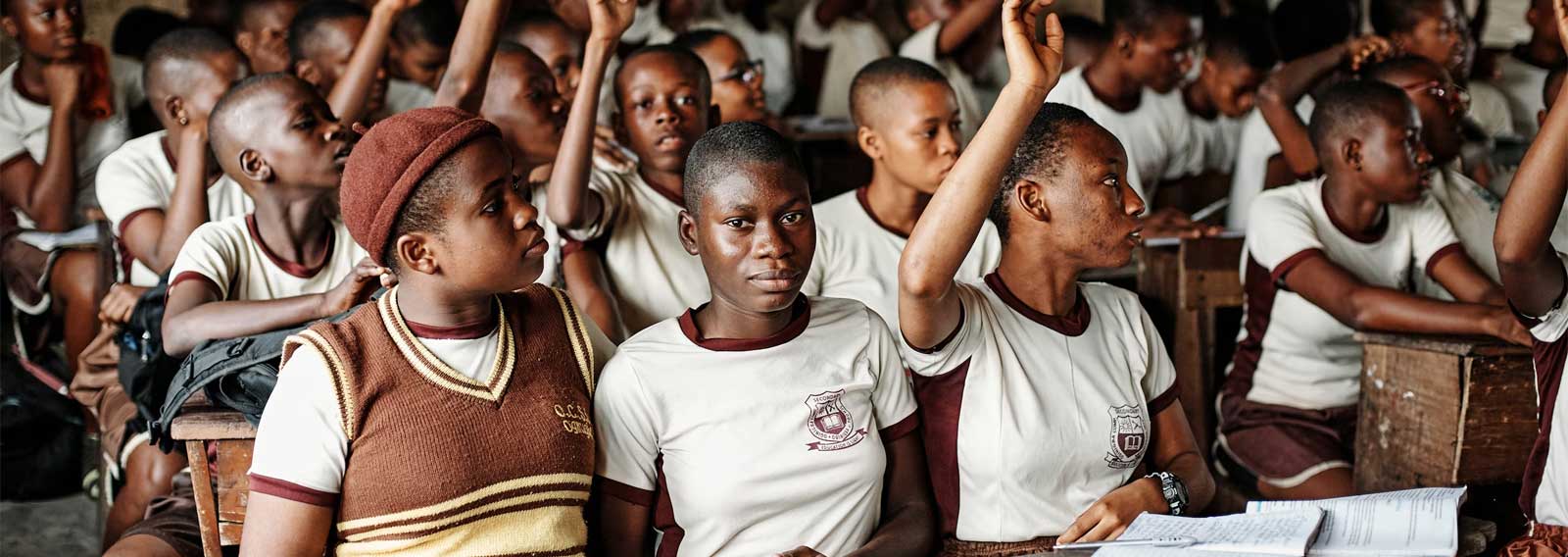In what sense is Safe Schools compulsory?
The Safe Schools program was designed for a “whole-school approach.” That means, when properly implemented, it ought to reach every aspect of the school and wider community. In fact, the Safe Schools Guide encourages all schools to adopt this broader approach.
While the Safe Schools program may not be compulsory for all schools, the “whole-school approach” essentially makes it compulsory for all students once a school decides to participate.
[poll id=”2″]
The Safe Schools Guide suggests that teachers integrate LGBTQ issues into school assemblies, social media, by displaying posters and stickers celebrating homosexuality, even holding multiple days of celebrations for the LGBTQ lifestyle. Teachers are instructed to “challenge all discriminatory and offensive language,” such as asking the question, “are you a boy or a girl?” Further, the Safe School Guide encourages teachers to look for opportunities to include homosexuality and gender diversity throughout their lessons, “whatever the subject.”
Given the Victorian premier has committed to expanding the program to all government secondary schools by the end of 2018, it seems the only sure way of avoiding Safe Schools is by avoiding government education. The real myth is that children won’t be exposed to these issues without parental consent. Opting-out is not an option. The “whole-school approach” won’t allow for it.























